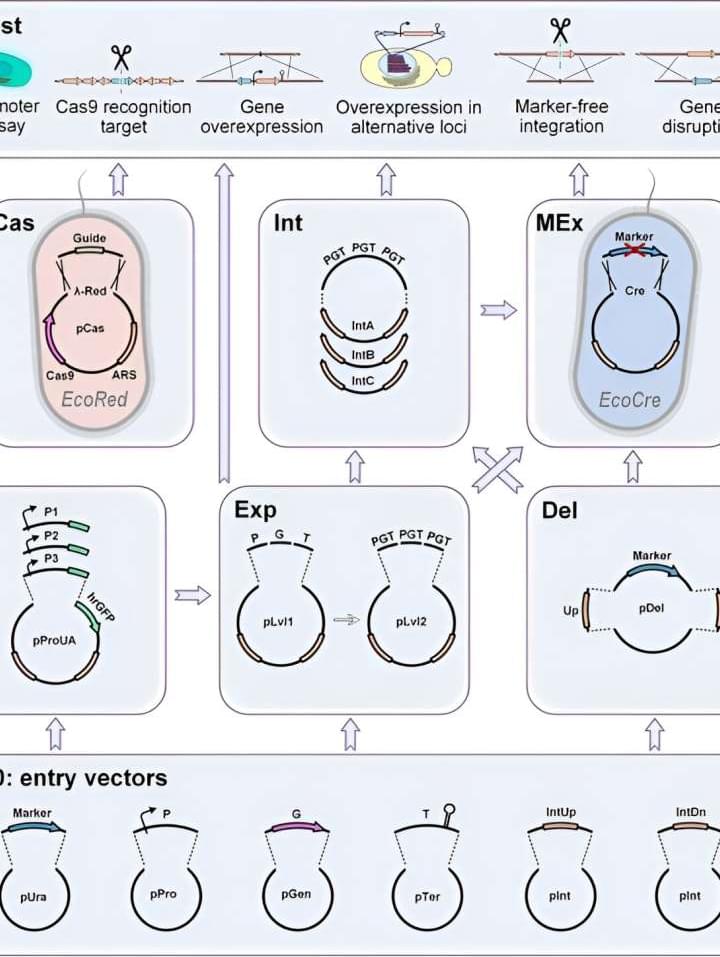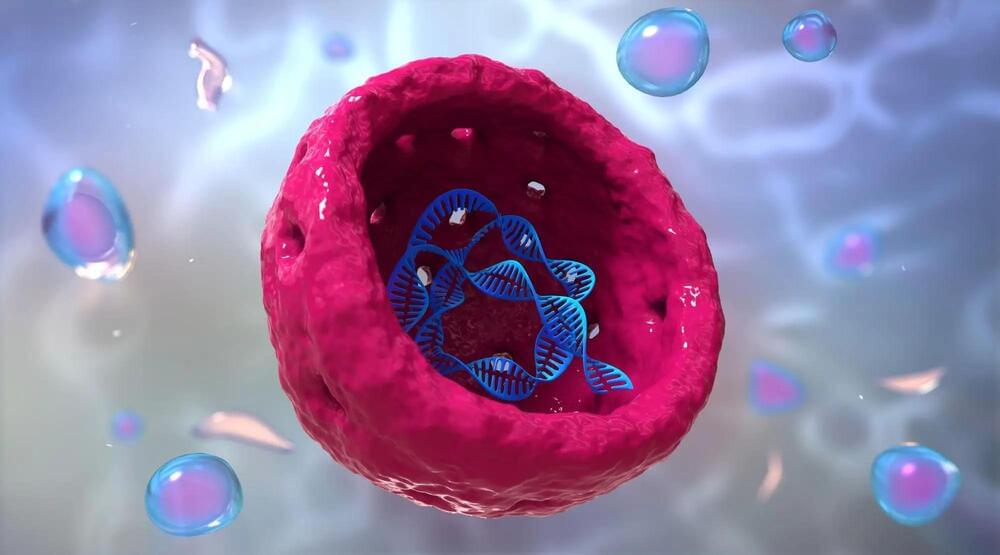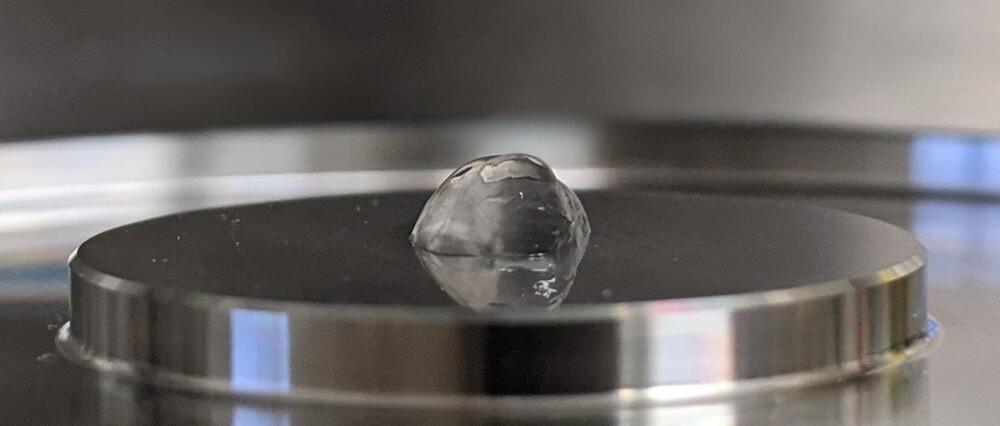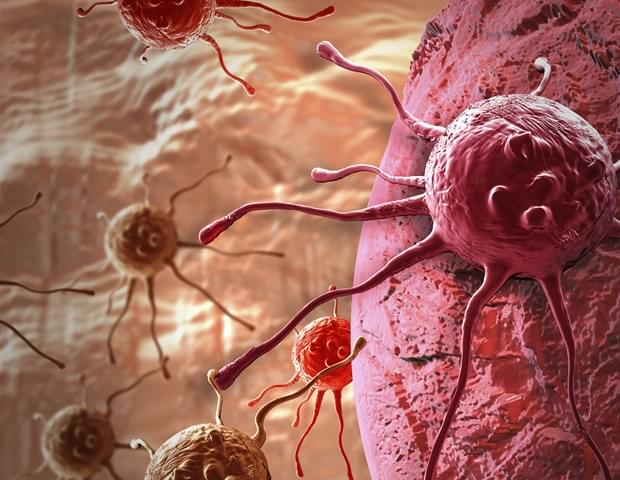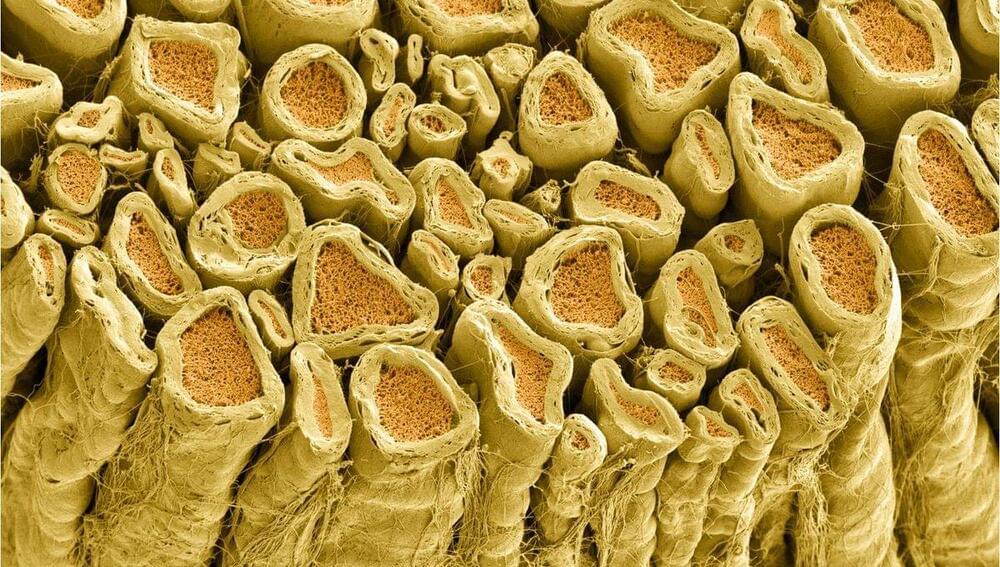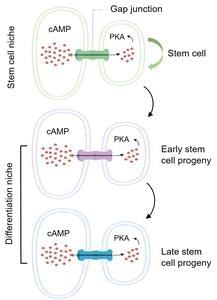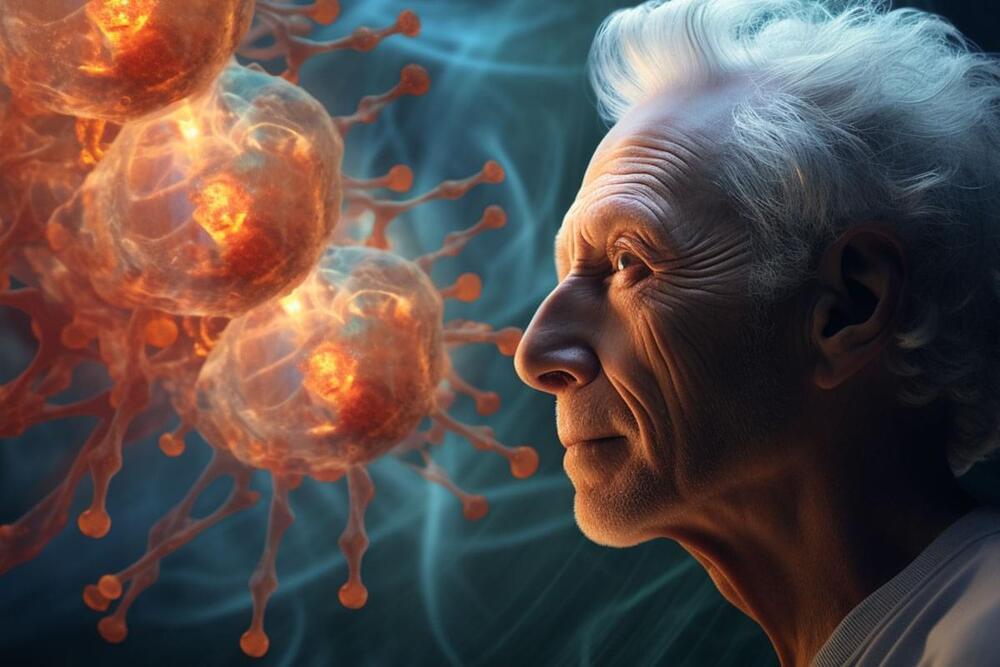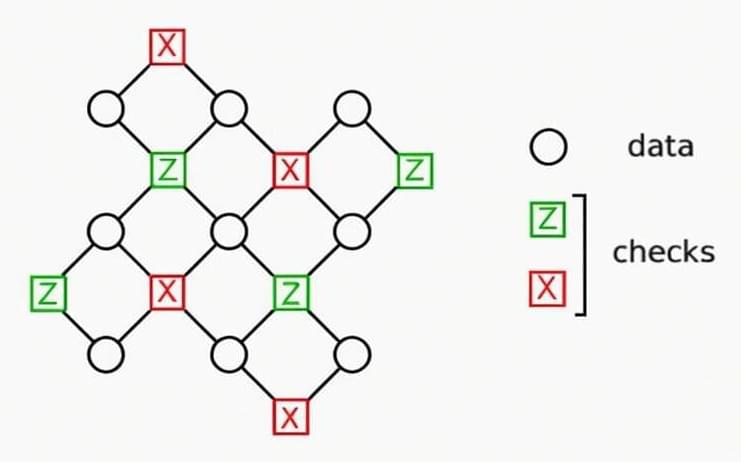More cool designs are on Amazon: https://amzn.to/3wDGy2i.
Alternatively, PayPal donations can be sent here: http://paypal.me/whatdamath.
Hello and welcome! My name is Anton and in this video, we will talk about bizarre quantum effects discovered in the last few months.
Links:
https://news.uchicago.edu/story/uchicago-scientists-observe-…laboratory.
https://www.nature.com/articles/s41567-023-02139-8
https://www.nature.com/articles/s41586-023-05727-z.
https://www.nature.com/articles/s42005-022-00881-8
#quantum #quantumphysics #quantummechanics.
0:00 Evidence for quantum superchemistry.
3:40 Solar fusion is quantum and not classical.
5:20 Quantum tunneling and microscopy.
7:00 Tunneling causes chemistry.
7:40 Tunneling affects DNA and causes mutation.
Support this channel on Patreon to help me make this a full time job:
https://www.patreon.com/whatdamath.
Bitcoin/Ethereum to spare? Donate them here to help this channel grow!
bc1qnkl3nk0zt7w0xzrgur9pnkcduj7a3xxllcn7d4
or ETH: 0x60f088B10b03115405d313f964BeA93eF0Bd3DbF
Space Engine is available for free here: http://spaceengine.org.
Enjoy and please subscribe.
